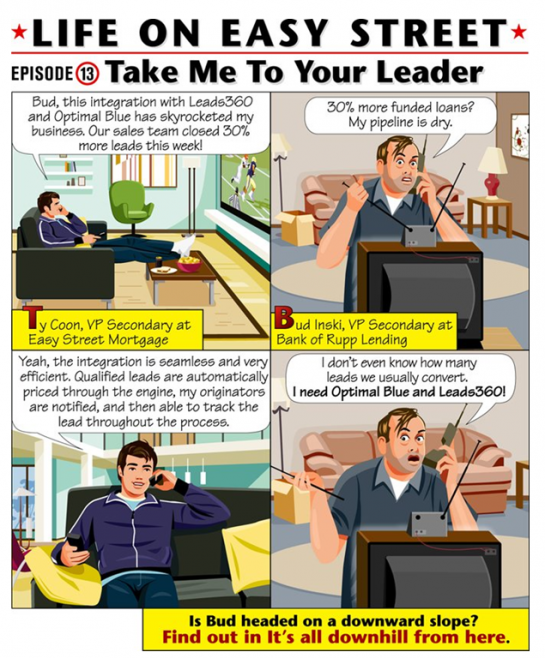The Importance of Campaign Management
Thursday, November 18th, 2010I came across this article on entrepreneur.com by Kim T. Gordon called “Seven Ways to Energize Sales.” It’s a good article and all of Ms. Gordon’s tips are good. Taking her advice is easier and can be done be so much more effectively using a lead management solution that has campaign management and reporting functionality.
In light of that, I’d rearrange her list a little bit. “Polish Lead Management” appears at number three on Gordon’s list. In my opinion, not only should Lead Management be number one on the list, but all the other items should be subsections under the heading “Polish Lead Management.” If “Energizing Sales” includes “getting new customers” then there’s no question, lead management software should be at the top of the list. There is no more effective tool for converting prospects into customers.
So how would I rearrange this list? Instead of “Seven Ways to Energize Sales” I’d put all these activities under the heading of lead management and re-title the article, “Seven Ways That Campaign Management in Lead Management Software Can Help You Energize Sales.” Admittedly, my title is not quite as pithy. But here goes my re-worked list.
1. Use Lead Management Software
1a. Reestablish Listening Posts
In this item, Gordon talks about the importance of getting feedback from your customers; getting to know them. Great idea. But how are you going to know how much value you are getting through these channels unless you have a way of measuring the conversion rate of leads generated from this source. With lead management software, measuring the value of leads in a given campaign is quick, easy and accurate.
1b. Announce Special Promotions
So which special promotions are working? Which methods of announcing them are working? You won’t know unless you have a way of tracking your lead generation efforts.
1c. Focus On Fresh Ideas
Put your whole company in charge of innovation. More solid advice. But whose ideas are working? Do you want to see the numbers? Lead management software is going to deliver all that information with real time campaign reporting.
1d. Renew Retention Campaigns
Drip email and direct mail campaigns are a cinch to set up and track with lead management software. And how well is it working? Which content gets results? You’ll know if you track your campaigns with Lead Management Software.
1e. Enhance Your Giving
In addition to being a good thing to do, corporate giving can generate leads. How many leads, and of what quality? Manage your campaigns with lead management software.
1f. Freshen Your Content
Track incoming leads from all your content sources. Some of your content is driving traffic to your company’s website. Which content? And which content is getting the attention of serious buyers? Use lead management software to keep evaluate your lead content driven lead generation efforts.
So yeah. There is a lot of good advice out there on how to increase sales. When you read some of it, it’s like a lightbulb turns on inside your head and you can’t wait to incorporate it into your sales strategy. But unless you have a way of tracking what works and what doesn’t, you’re really engaged in a kind of blind experimentation.
Implement all your ideas. Try out advice. Play your hunches. And use lead management software to track your campaigns to see how well they work.

